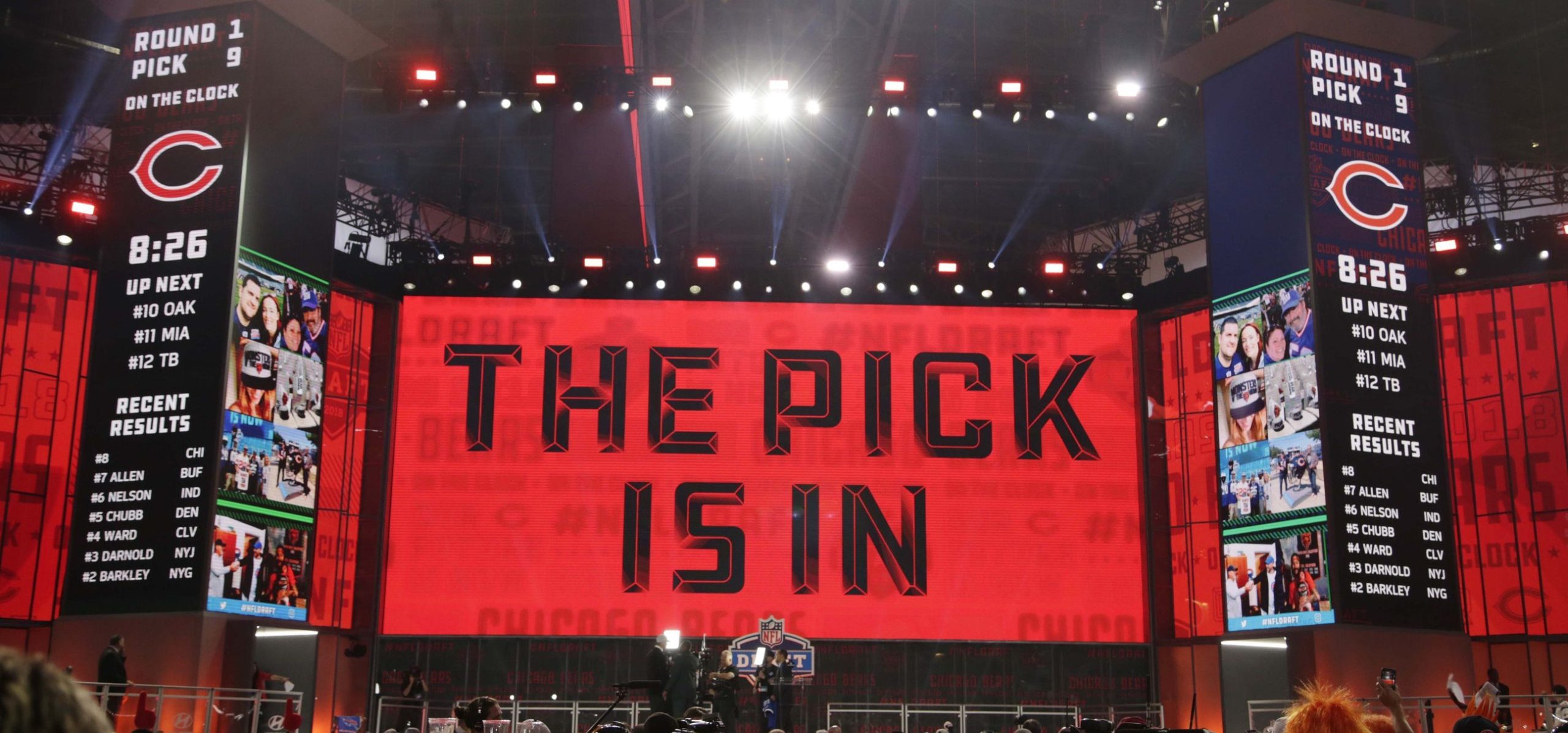What is and what isn’t a targeting call? You’re guess is as good as Pac-12 officials apparently.
On Friday, the NCAA tried to clarify some language in its targeting rule following a brutal hit in the Stanford-UCLA game that left Cardinal wide receiver Francis Owusu with a concussion. The hit in question happened with the part of UCLA defender Tahaan Goodman’s helmet that is just above the facemask.
Pac-12 officials didn’t throw a targeting flag and replay officials did nothing either. However, there is no room for misunderstanding exactly what the definition of the “crown” of the helmet is anymore according to an ESPN report.
Now, the crown of the helmet is from the part of the helmet above the facemask to the dome of the helmet.
“It seems that some officials have been interpreting the crown of the helmet to mean the tip-top portion of the helmet only,” NCAA Football Secretary-Rules Editor Rogers Redding said in a release. “We want everyone to understand that the crown of the helmet starts from the area above the facemask to the dome of the helmet.”
It should appease Stanford head coach David Shaw, who was heated as one could be about the non-call by his own league officials last week.
“To me, the letter of the law is immaterial,” Shaw said. “If you have contact on one helmet to another helmet, that should be a penalty. We should go back and reword our rulings, go back and reteach our officials and our replay officials. We’re trying to take care of these young men. Plays like this should be penalized so that they stop happening. If we don’t penalize them, they will continue to happen…. There is language [in the rulebook] that obviously needs to be amended, preferably sooner than later. And I think you’ll get relatively unanimous support for such language.”
That support wasn’t even needed, as the NCAA stepped in and did the right thing here.
One of the most maddening things about the targeting rule is just how much room for interpretation has been left. What part of the helmet is ok to hit with? What exactly is a defenseless player? Can you really understand intent or plain physics?
Clearing up exactly what part of the helmet can’t make contact above a players neck is hugely helpful to all involved. It takes interpretation out of the hands of officials and gives them black and white standards.
The NCAA also made sure that replay officials were aware that they had the power to stop games to make targeting calls as well.
I’m all for clarification and safety, but lets hope that common sense also prevails here and consistency is brought to the application of the rule going forward. It certainly hasn’t so far.
[ESPN]






